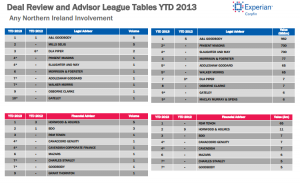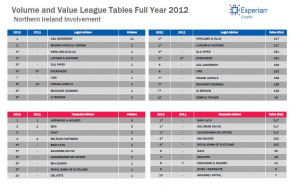Further to the policy papers published last year on how to both treat and support those customers with tax debts (https://hnhgroup.co.uk/hmrc-support-customers-fairly/), HMRC have recently published a further policy paper regarding the collection of tax debts post Covid-19.
The full policy paper can be found here.
“At all times, we will take an understanding and supporting approach to dealing with those who have tax debts or are concerned about their ability to pay tax”
HMRC
Continuing the sentiment from their previous communications, it is encouraging that HMRC continue to reference that they “understand that many customers are worried as the financial support schemes start to wind down” and that they “want to offer practice support wherever they can”.
However, whilst HMRC’s tax collection activities were paused and staff redeployed in order to deliver support schemes such as the Coronavirus Job Retention Scheme, HMRC have confirmed that such debt collection work is now being restarted in an effort to support the economic recovery.
HMRC’s message remains: “if you can pay your taxes then you should do so – but if you’re struggling, we want to work with you to agree a plan based on your financial position”.
Early Engagement
Where a business has an outstanding tax debt owed to HMRC, they will firstly try to engage with the business by phone, post or text in order to discuss the situation and agree a way forward. They continue to urge early engagement and response to these communications as soon as possible in order to avoid any further action being taken.
From an advisor / business perspective we can concur that early engagement with HMRC is vital. Not only to ensure cooperation from HMRC, but also to help reduce the accumulation of further interest, penalties and surcharges which can exacerbate the debt level further.
“We want to work with customers to find a way for them to pay off their tax debt as quickly as possible, and in an affordable way for them”
HMRC
Various options are available for businesses, whether that be a Time to Pay repayment plan; a short term deferral; extended repayment terms; or other forms of support such as the Recovery Loan Scheme.
Early engagement affords a business owner with the maximum opportunity to avail of one or more of these options, as well as help mitigating the severity of the situation by limiting the accumulation of additional penalties and surcharges.
Insolvency Moratorium
“We will only consider collecting tax through insolvency proceedings where customers have been found to be fraudulent; deliberately non-compliant; or where they are continuing to accrue debt with no prospect of being able to settle their existing debts”
HMRC
Where customers do not respond to any of their communications, or refuse to pay when they can afford to, HMRC have advised that they may visit the customer at their home or business address.
HMRC have also confirmed that “where customers are unwilling to discuss a payment plan, or where a customer ignores our attempts to contact them, we may start the process of collecting the debt using our enforcement powers”. Such powers include “taking control of goods, summary warrant and court action including insolvency proceedings”.
Whilst at present there remains a restriction on the presentation of statutory demands and winding up petitions, these are due to be relaxed on 30 September 2021. Furthermore, following the previous relaxation of the wrongful trading suspension in June 2021, business owners should continue to be mindful of their duties and engage with all creditors, including HMRC.
Conclusion
As we emerge from lockdown, whilst there is almost certainly a refreshing message from HMRC with regards to doing “all we can to help customers facing temporary financial setbacks” and that enforcement will only be used as a “last resort”, business owners must be cognisant that debt recovery is now firmly back on the government agenda in an effort to rebalance the public purse.
With the relaxation of the insolvency moratorium at the end of next month, creditors will again be able to commence action in recovery of their debts. Whilst HMRC have publically announced they will be sympathetic and understanding in light of the pandemic, such sentiments will not remain indefinitely. Business owners must therefore be aware of the pending challenges and plan accordingly to ensure a full recovery and prosperous future for both them and their businesses.







